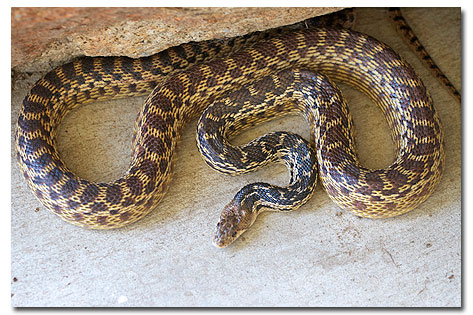DESERT FOX
Yep. they are out there. These two pics were taken at our camp near sunset, and we figured that our opportunity to actually take a picture was going to be slim, so we really rushed to get a camera. Thus the blurry shots. The full story on the net.
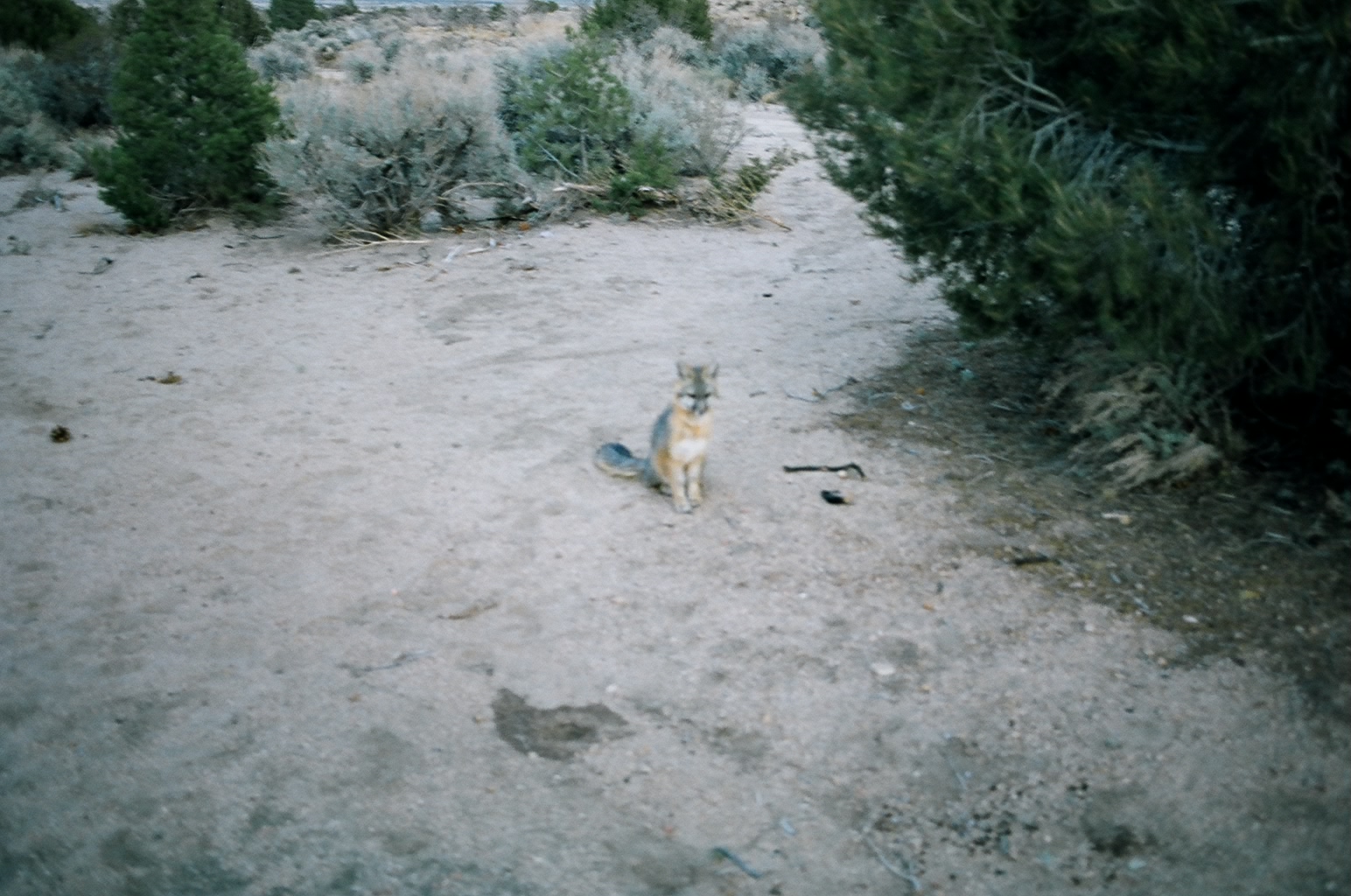
- 83200006.jpg (536.06 KiB) Viewed 1123 times
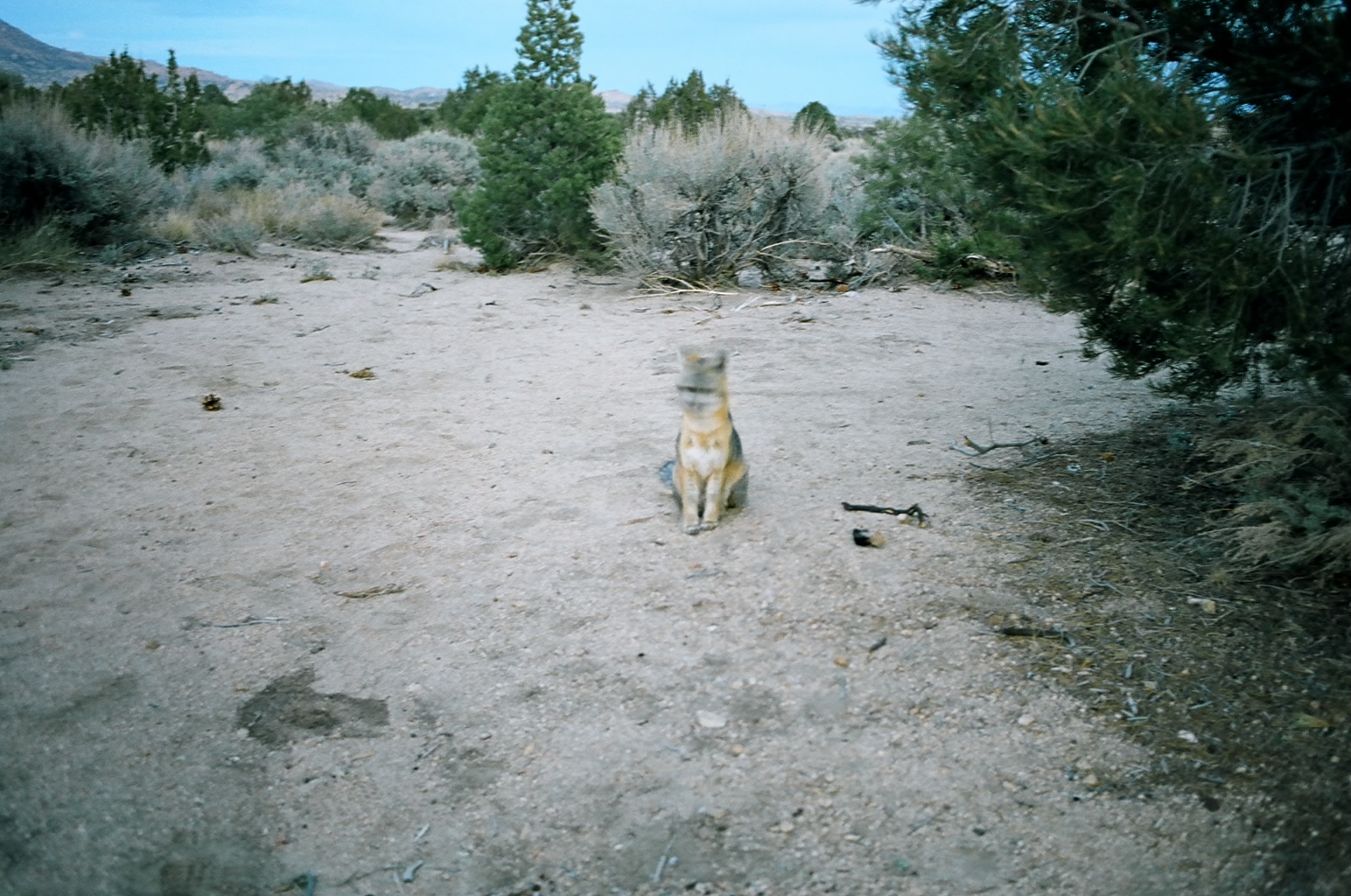
- 83200007.jpg (646.34 KiB) Viewed 1123 times
DESERT BIG HORN SHEEP
Desert Big Horn Sheep are not plentiful in the Mojave, but they are definitely there in quantities large enough for very limited hunting. Recent outbreaks of pneumonia (the last being in about 2014) did affect the populations a bit. In the general area of the Eastern California Mojave Desert, there are said to be 5 separate herds, each occupying different areas. Finding them can be tricky, but If you know where to look, and have a good camera with a decent telephoto lens, you can get some great pictures.
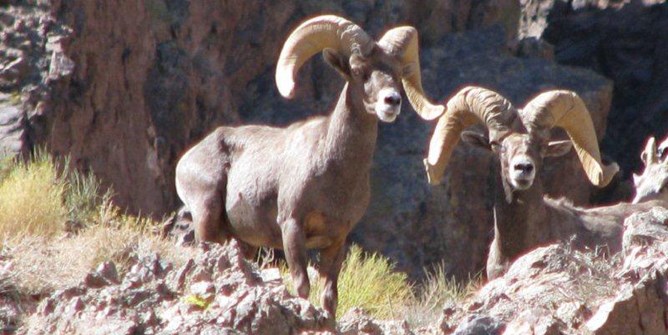
- East Mojave Big Horn Sheep.jpg (70.02 KiB) Viewed 1123 times
DESERT TORTOISE
These critters can be difficult to find, that is, if you are looking for them. I've never actually set out to find 'em, but I have run across a whole bunch. I have read all kind of reports on how few there are, but, in all honesty, I have never understood how anyone could honestly make an accurate estimate. The desert tortoise doesn't travel in herds (or whatever a group of tortoises is called), they appear to be very reclusive, and they spend the large majority of their lives in burrows or hidden in shady areas (especially in summer.) And, I have yet to meet anyone out there who was "counting tortoises."
Imagine, filling out a credit application and putting down your occupation as, turtle counter. Not seeing it! Anyway, if you see 'em, enjoy them from a distance, but under the law, you can't touch them.
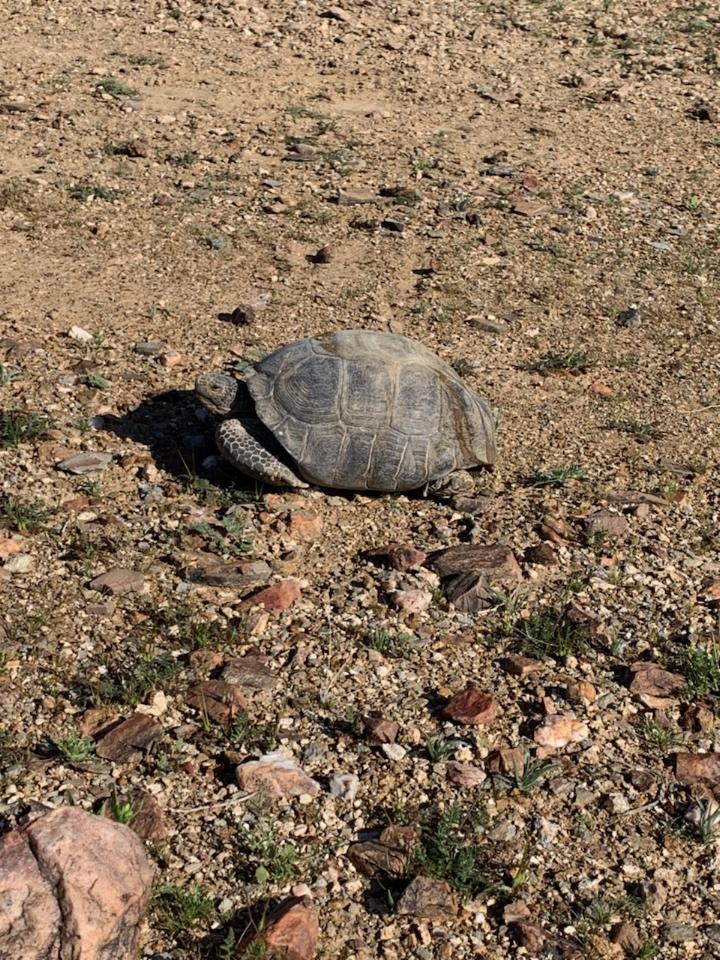
- DesertTortoise.jpg (219.37 KiB) Viewed 1095 times
QUAIL, CHUKAR, DOVE, HAWKS, OWLS AND RAVENS
Quail
Gambel's quail is what you find in the desert. Their populations vary considerably, depending largely on the weather. Hunting quail in the desert is not a sedentary sport. Chasing a covey requires a whole bunch of walking, especially after you bust 'em up. These guys fly low and not too far, but they seem to always take the route up the most difficult terrain imaginable. But as with many things in life, it is worth the effort. Quail is one of the very tastiest game meats you will ever find, but be very careful how you cook it and what seasonings are used. Usually a butter baste with a touch of salt and pepper will do. Cooked at camp, over a juniper fire, with a glass of fine wine, is tough to beat.
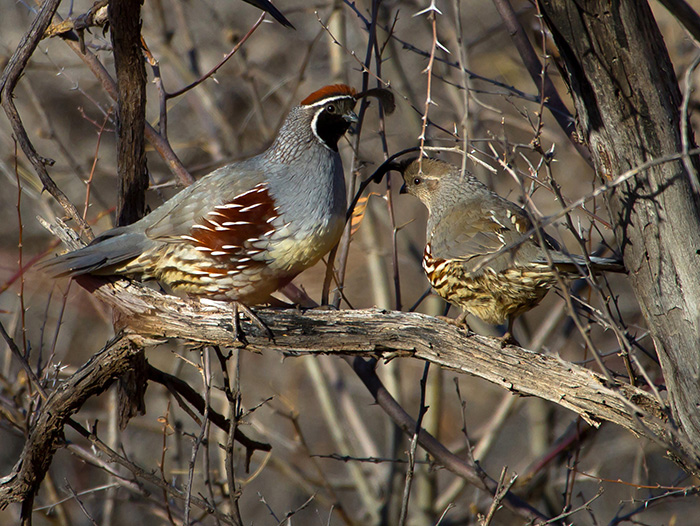
- Gambel's Quail.jpg (223.85 KiB) Viewed 1122 times
Hawks
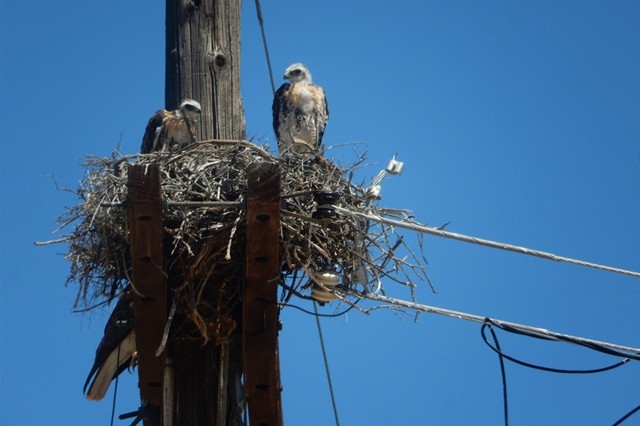
- Hawks.JPG (62.15 KiB) Viewed 1122 times
Dove
As a "migratory bird", dove do frequent the Mojave, but not in huntable quantities. The little buggers seem to always be present though when I'm looking for quail. I've only seen Mourning dove, but never White Wing. I suppose with the invasion of the Eurasian dove, it probably wont be long before they show-up too.
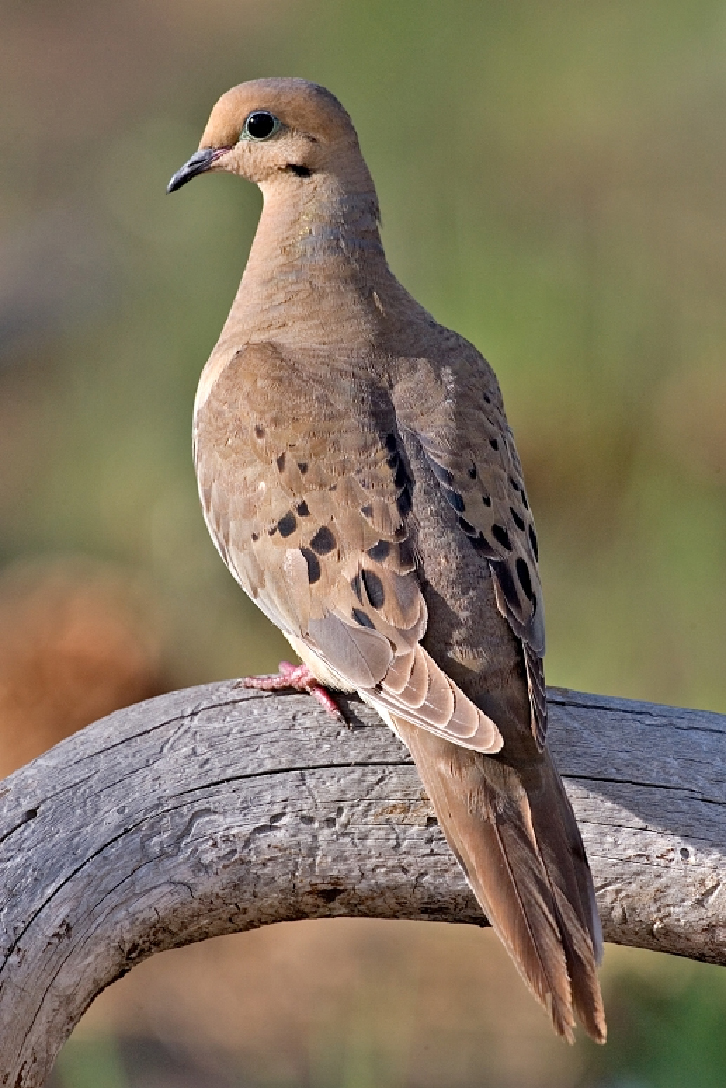
- Dove.jpg (591.51 KiB) Viewed 1122 times
Ravens

- Raven-1.jpg (37.08 KiB) Viewed 1111 times
Owls (Desert)
Great Horned Owls are found all across the US and Canada, and are one of the most adaptive bird species. Their diet is highly varied as they will take just about anything that moves and which is not larger than the owl. Sometimes, even carrion will suffice when nothing else is available. The owls extremely powerful talons are its most effective means of taking prey.
The Great Horned Owl is a fierce raptor and few animals will attack it. I have read articles that claim that owls have no predators. One article even went so far as to say that in a battle between a much bigger eagle and an owl, his money would be on the owl. Tough guys1!!!
The California Nature Mapping Program says this about owls:
They make their nests in hollow trees, in nests abandoned by or taken from other birds such as hawks and crows, and sometimes in tree cavities previously used by squirrels. Great Horned Owls may also nest in caves, stumps, rock ledges, barns, and other man-made structures. They usually will not use the same tree to nest in two years in a row.
Photo is from the California Nature Mapping Program (
http://naturemappingfoundation.org/natm ... d_owl.html)
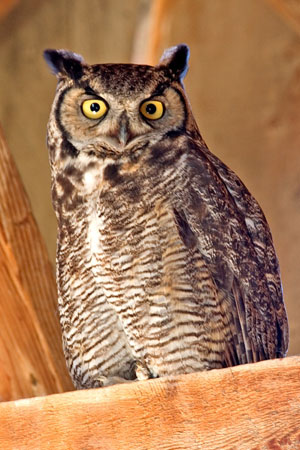
- Desert Owl.jpg (44.51 KiB) Viewed 1095 times
Chukar
Chukar are one of the toughest game birds to bag. While I've run out of time, if chukar hunting piques your interest, you should check out Chukar Chasers,
http://www.chukarchasers.com/.
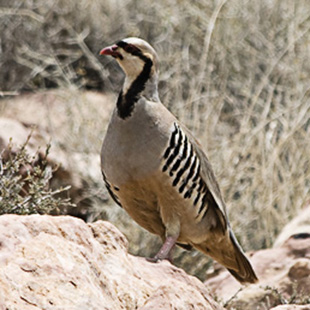
- Chukar.jpg (78.9 KiB) Viewed 1093 times
RABBITS
Never a shortage of rabbits. Populations vary, but seem to coincide with the coyote populations, as rabbits are a favorite dish with the coyotes (more rabbits {food} equals more coyotes.) They seem to be a staple for other predators too, like Bob Cats, snakes, raptors,foxes, and others. For us hunters, they are pretty good table fare, with the preference seeming to go to the Cotton Tail.
Cotton Tail
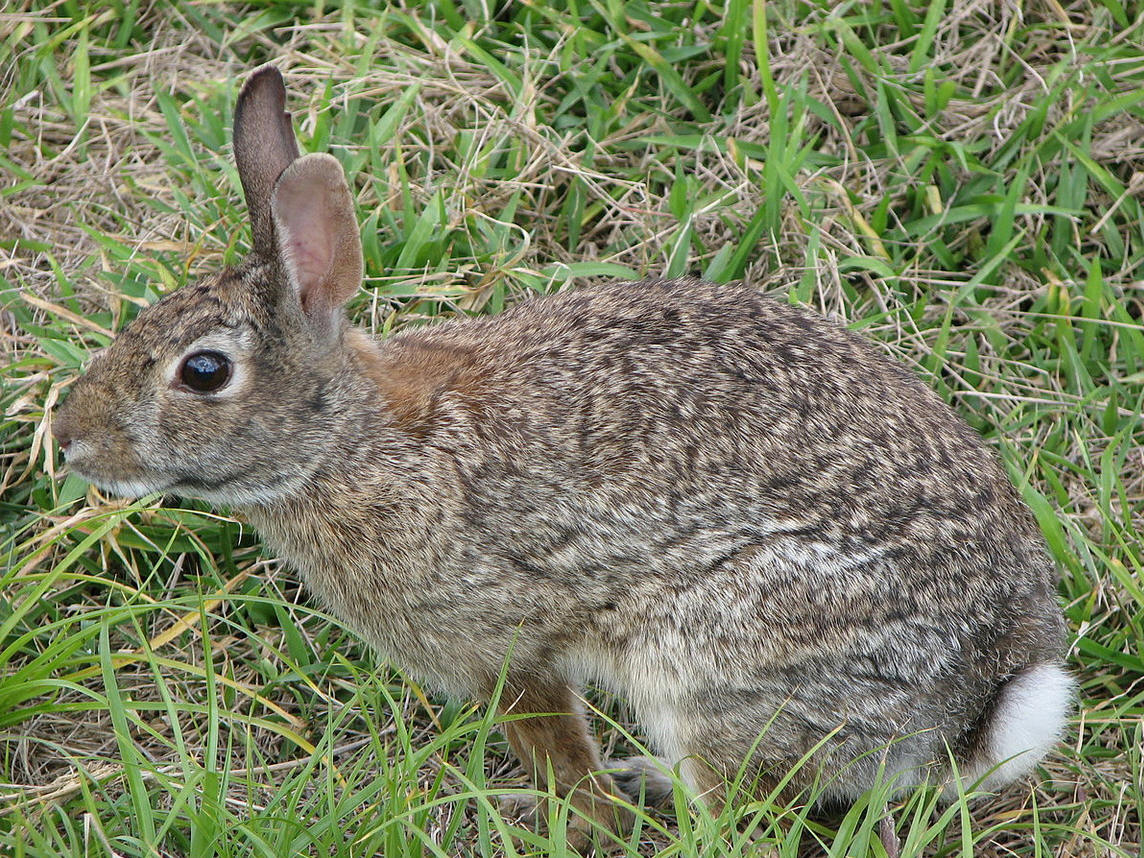
- Cotton Tail Rabbit-1.jpg (355.47 KiB) Viewed 1111 times
Jack
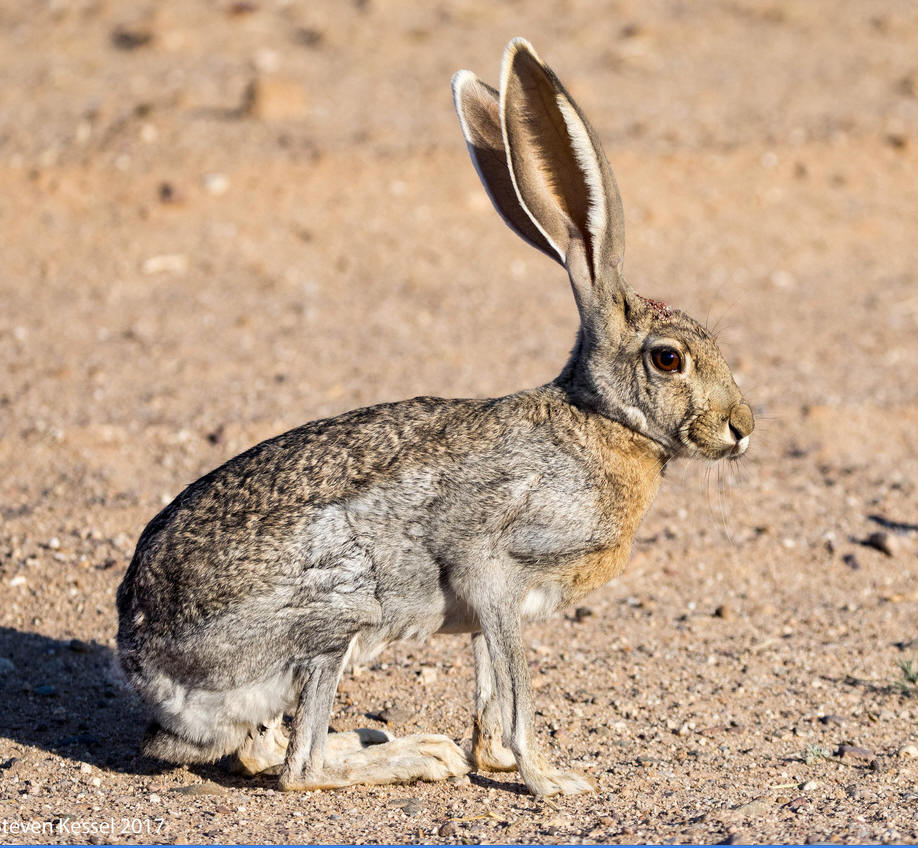
- Jack Rabbitt.jpg (166.55 KiB) Viewed 1111 times

